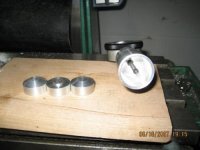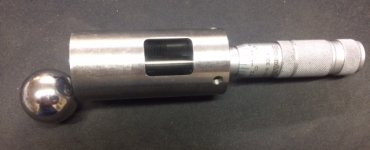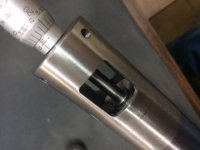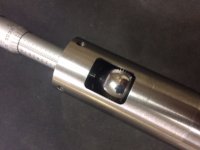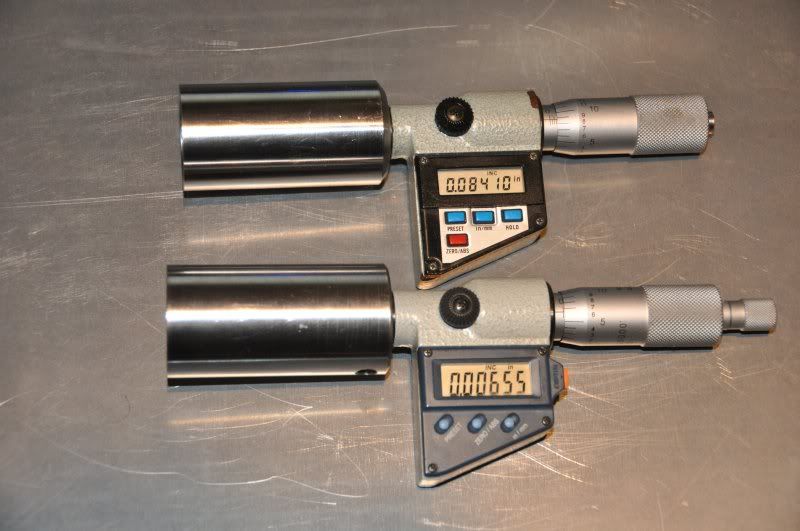Gene Beggs
Active member
When fitting and chambering a barrel, it is common practice to use a thickness gauge to measure the gap between the receiver face and barrel tenon shoulder to obtain proper headspace. Some actions such as the Stolle Teddy have a recessed receiver face which prevents one from using this method. Can someone please share with me your method of taking this measurement. 
Gene Beggs
Gene Beggs






